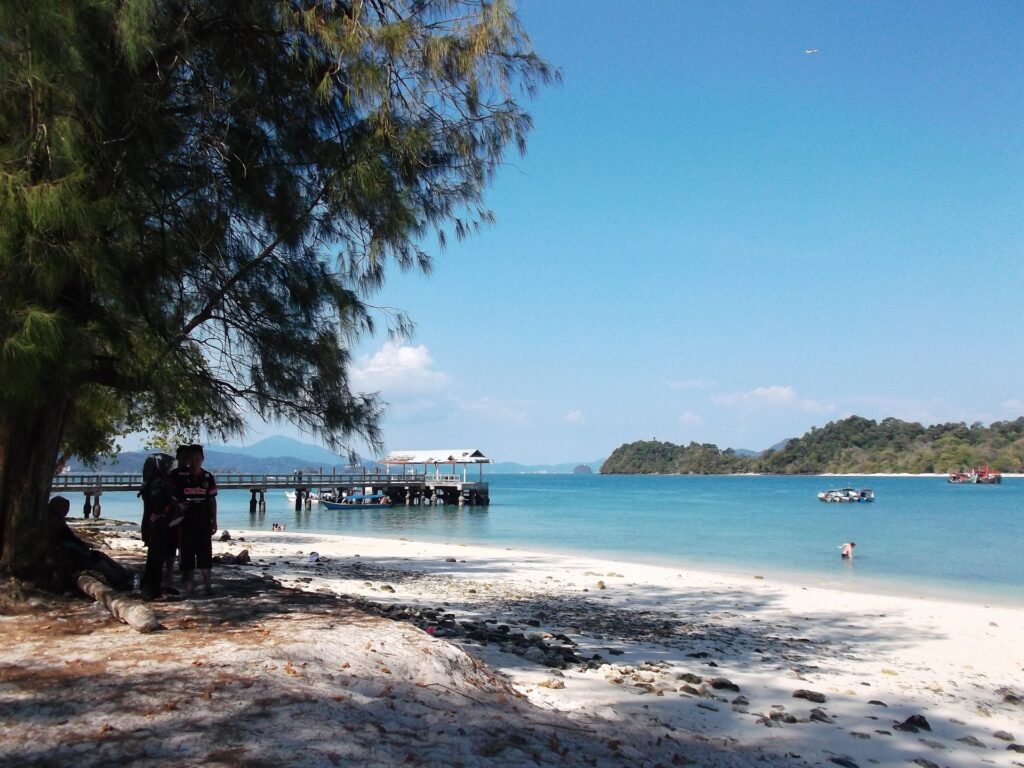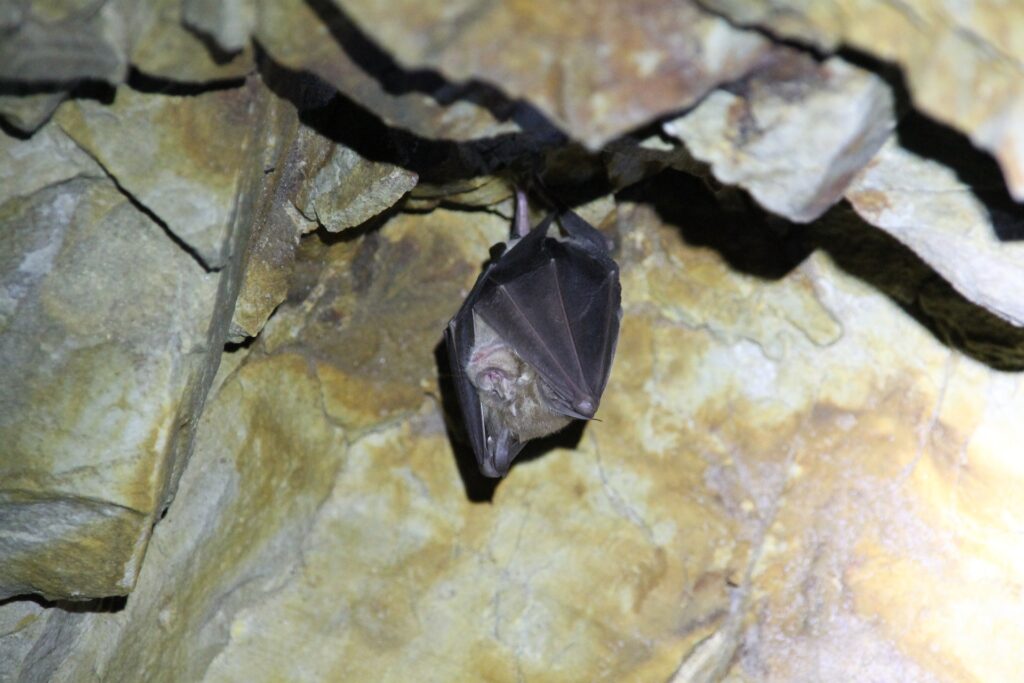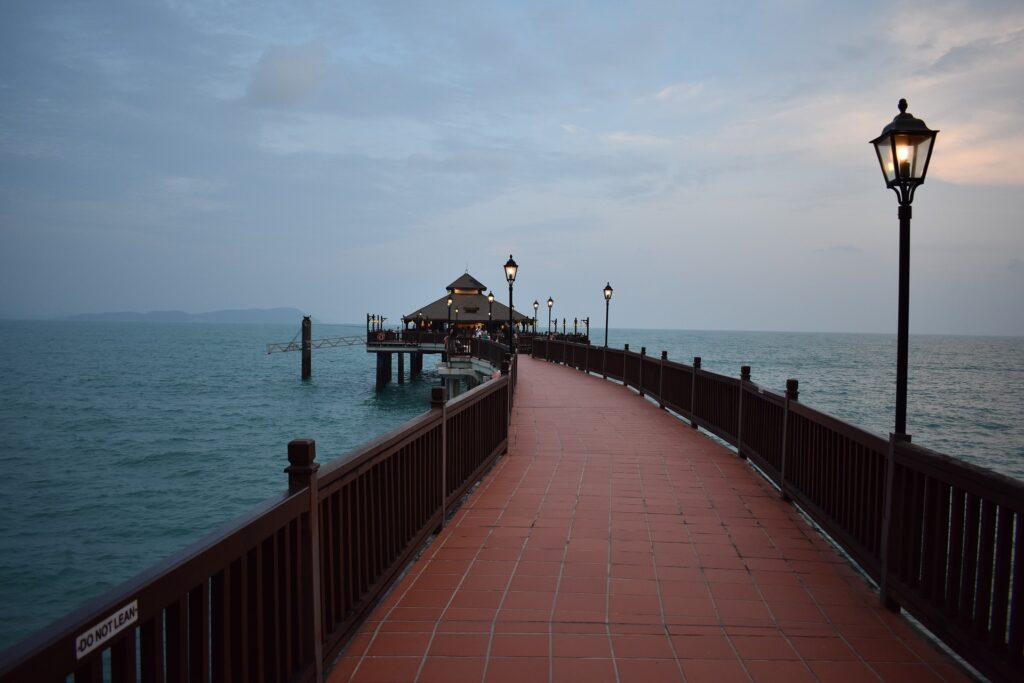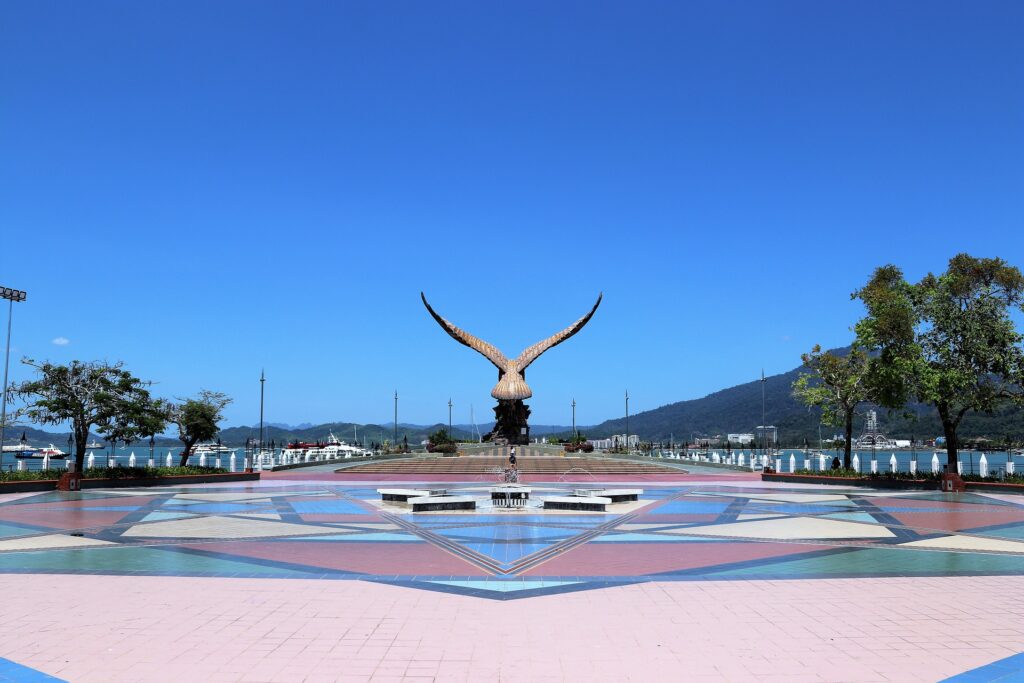Have you ever dreamed of exploring untouched islands, surrounded by crystal clear waters and vibrant marine life? Look no further than an island-hopping adventure in Southeast Asia, where you can discover the hidden beauty of mangrove forests. With their unique ecosystems and breathtaking scenery, these forests offer a truly immersive experience that is sure to leave a lasting impact on any traveler.

Mangroves are often overlooked, but they play a crucial role in our planet’s health. These intricate habitats are found along the coastlines of tropical and subtropical regions, where they serve as a critical buffer protecting land from erosion, storms, and even tsunamis. The dense roots of the mangrove trees not only stabilize the coastline but also provide a safe haven for a wide variety of plant and animal species.
One of the best ways to explore these magnificent mangrove forests is through an island-hopping adventure. Start your journey by visiting Langkawi, an archipelago situated on Malaysia’s west coast. Langkawi is not only renowned for its stunning beaches and clear waters but also for its pristine mangrove forests. Hop on a boat and explore the Kilim Geopark, a UNESCO designated site that is home to a labyrinth of mangrove waterways and limestone cliffs.
More:Read about on Jeju Island, South Korea:Discover Natural Wonders
As you glide through the calm waters, your eyes will be captivated by the lush green foliage of the mangrove trees. The tranquility of the surroundings is only interrupted by the occasional chirping of birds or the rhythmic movement of crabs scuttling along the muddy banks. The experienced local guides will share their knowledge about the mangrove ecosystem, pointing out unique species and explaining the importance of conservation efforts.

One of the highlights of the island-hopping adventure is a visit to the Gua Kelawar (Bat Cave) within the Kilim Geopark. As you enter the cave, you will be greeted by thousands of bats hanging from the ceiling, their presence echoing throughout the darkness. Witnessing this natural spectacle is truly awe-inspiring and a testament to the diversity of life found within mangrove forests.
After exploring Langkawi, extend your island-hopping adventure to the neighboring country of Thailand, where the Trang Islands await your discovery. Known for their unspoiled beaches and turquoise waters, the Trang Islands are also home to magnificent mangrove forests. Hop on a longtail boat, and prepare to be enchanted by the serene beauty of the coastal scenery.

One of the must-visit mangrove forests in Trang is Tan Yong Po, located on the island of Koh Libong. The untouched beauty of this area is awe-inspiring, with the dense mangrove trees providing shade and a haven for an array of wildlife. Keep your eyes peeled for elusive otters and monitor lizards roaming the muddy banks, and if you’re lucky, you might even spot a majestic sea eagle soaring through the sky.
More: Wanted to download Odisha Magazines, visit here
To truly appreciate the importance of mangrove forests, take part in a mangrove replanting activity. This engagement will not only allow you to contribute to environmental conservation efforts, but also provide a deeper understanding of the challenges faced by these unique habitats. Under the guidance of local experts, plant mangrove saplings and witness firsthand how these simple acts can make a significant impact on the overall health of mangrove ecosystems.From Malaysia to Thailand and beyond, an island-hopping adventure in Southeast Asia offers the opportunity to witness mangrove forests in all their glory.

These magnificent ecosystems will captivate your senses and leave you with a renewed appreciation for the beauty and complexity of nature. So, embark on this unforgettable journey and let the wonders of the mangroves take your breath away.
FAQ For Langkawi, Malaysia: Island-Hopping Adventure
What is an island-hopping adventure?
Island-hopping adventure involves visiting multiple islands in a single trip, typically by boat or ferry. It allows travelers to explore different islands, each with its unique attractions, landscapes, and cultural experiences.
What are mangrove forests, and why are they significant?
Mangrove forests are coastal ecosystems characterized by salt-tolerant trees and shrubs. They are crucial for protecting coastlines from erosion, providing habitats for diverse wildlife, including migratory birds and marine species, and acting as carbon sinks that help mitigate climate change.
How can I arrange an island-hopping adventure to witness mangrove forests?
You can book a guided tour through a local tour operator or plan your itinerary by researching ferry schedules, hiring a boat, or joining a group tour. Ensure that your itinerary includes stops at islands known for their mangrove forests.
When is the best time to embark on an island-hopping adventure to witness mangrove forests?
The best time to visit mangrove forests can vary depending on the region and the weather patterns. Research the specific destinations you plan to visit and consider factors such as weather, tides, and seasonal wildlife patterns.
What should I bring on an island-hopping adventure to witness mangrove forests?
Essentials include sunscreen, insect repellent, comfortable clothing, sturdy shoes, a hat, sunglasses, a refillable water bottle, a camera or binoculars, and a waterproof bag to protect electronics and valuables.
What activities can I expect during an island-hopping adventure in mangrove forests?
Activities may include guided nature walks through mangrove forests, birdwatching, snorkeling or kayaking in protected marine areas, visiting local cultural sites, enjoying beach picnics, and perhaps even participating in conservation efforts.
What dining options are available during an island-hopping adventure?
Depending on the itinerary, your tour operator may provide meals onboard or arrange stops at local restaurants or seafood markets where you can sample regional cuisine or enjoy freshly caught seafood.
How can I ensure that my island-hopping adventure is sustainable and eco-friendly?
Choose tour operators with a commitment to responsible tourism practices, follow guidelines for environmentally friendly travel, respect local customs and wildlife, avoid single-use plastics, and support conservation efforts in the areas you visit.

